Chandeliers can punctuate smaller spaces as well
A chandelier is a decorative showpiece that fulfills an artistic role for a space while providing simultaneously the base layer of lighting. Chandeliers are often thought of as something grand. In our imaginations a chandelier is a marvelous centerpiece that would have a good number of lights arranged on two or three tiers around an expansive frame. Although in the past this decorative ceiling fixture has been considered only to be extravagant and large, it has evolved over time and now comes in all sorts of configurations, shapes and sizes. Chandeliers are no longer synonymous with large scale. They are used to punctuate smaller spaces as well.
Where do mini and small chandeliers flourish
Mini and small chandeliers are designed for rooms that need a true showpiece but can’t quite accommodate a full size chandelier. These ceiling-mounted fixtures have a width or diameter of 12 inches or less. The petite version of the grand chandelier can make a decorative focal point and add character to the bland design as effectively as large chandeliers without overwhelming the space. Mini and small chandeliers are the perfect addition to bedrooms, bathrooms, kitchens, powder rooms, walk-in closets, laundry rooms, and nurseries. These petite showstoppers can transform any drab and plain room into a captivating space without creating unnecessary visual clutter. Small decorative fixtures also work well over kitchen islands, dining room tables, night stands and living room seating areas.
A versatile array of design styles
Like their larger counterparts, mini and small chandeliers run the gamut of styles from traditional and transitional to contemporary. Traditional fixtures often have an ornate, intricate appearance. Their gracefully scrolled frames are adorned with crystal prisms and drops that sparkle in the light. Curved arms appear to support candlestick-style lights that are unshaded to mimic the glow of burning candles. Transitional chandeliers mix elements of both traditional and modern styles. They incorporate the metallic work that is drawn upon the traditional design and take a note from the sleek design of modern chandeliers. Modern style chandeliers focus on minimalist design, clean lines, neutral soft colors and a prominence of form over the ornate and all things frilly. Contemporary design has minimal embellishments and uncluttered geometries but may pull elements from all other styles to produce a dynamic design.
The legacy design concept
Over the centuries, chandeliers have been reinvented to take on a staggering range of designs that impress and inspire. Exposed bulb fixtures are the most classic of chandeliers. These fixtures incorporate decorative bent-tip, candle, or small globe bulbs as the main point of interest. Incandescent lamps had been the sole choice of lighting technology for exposed bulb fixtures as the classic look of tungsten filaments has real staying power. The advent of retrofit LED lamps, in particular the vintage-inspired LED filament bulbs which replicate the look and ambiance of incandescent bulbs, drove a massive technological upgrade in these fixtures. Despite their improved efficiency and extended lifespan over incandescent bulbs, LED light bulbs are often made with compromise due to space constraints and cost pressure. The color rendering performance, flicker control, and efficiency of retrofit LED lamps are traded for low cost system designs. To unlock the full potential of LED lighting, the thermal, electrical and optical engineering of LED systems should be fused into the fixture design.
LED-centric system development
An integrated LED chandelier incorporates LEDs into the system. Direct integration of small-size LEDs allows the light fixture to be designed in a way that truly blends art, sculpture, and light. Integrated design drives an infinite variety of original designs that are the perfect marriage of form and function. Contemporary chandeliers as well as modern chandeliers with concealed light sources are typically designed as integrated LED systems. Aside from design innovations, these fixtures offer maximum benefits of LED lighting, including excellent color stability, color rendering and lumen maintenance of the light source, as well as improved circuit efficiency, dimming performance, visual comfort, and flicker control. Furthermore, system-wide engineering allows more controls to be built into light fixtures for a suite of smart lighting features.

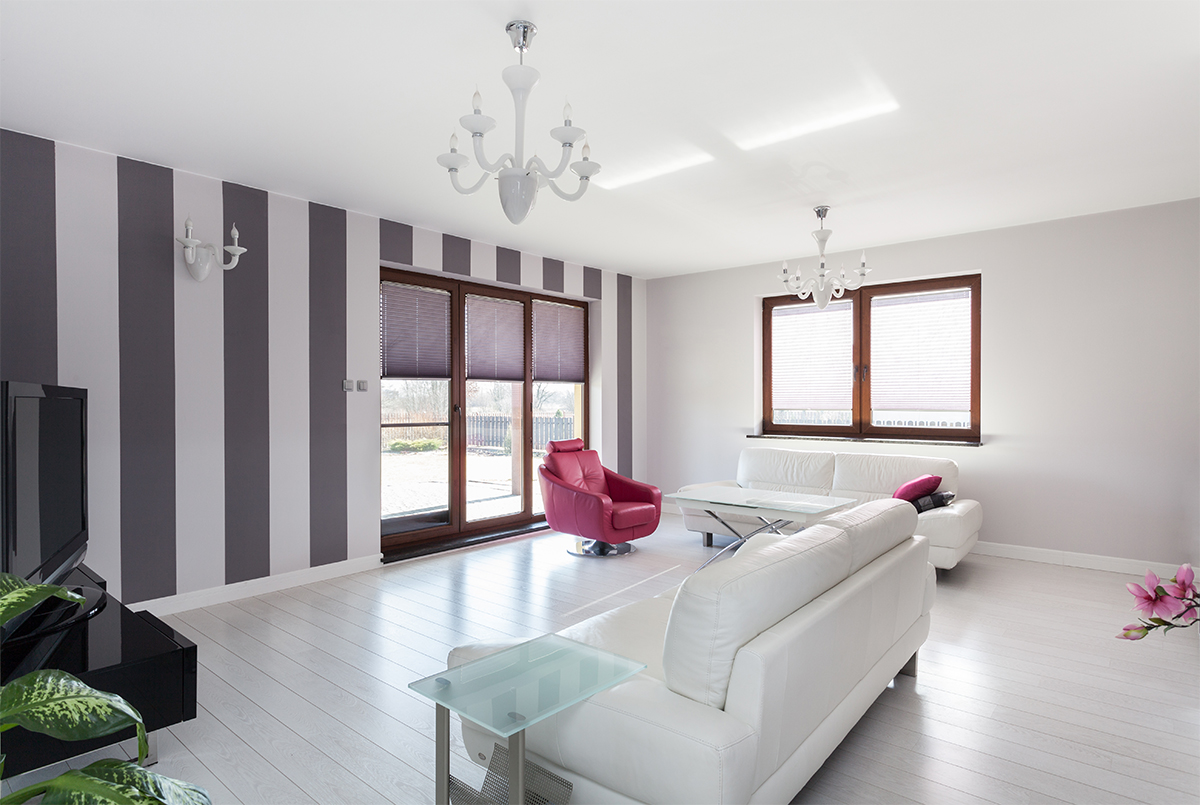

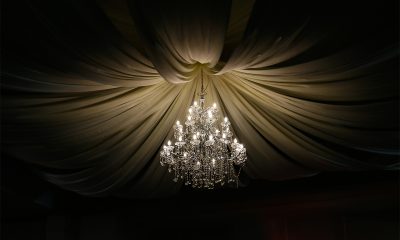
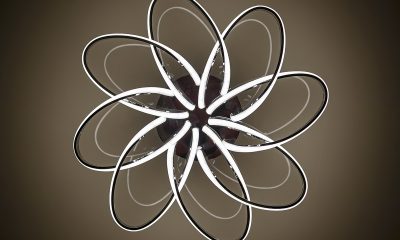
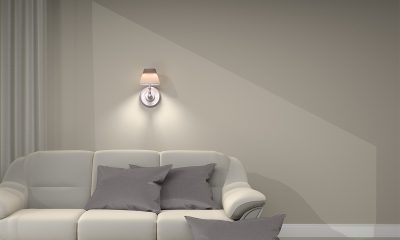
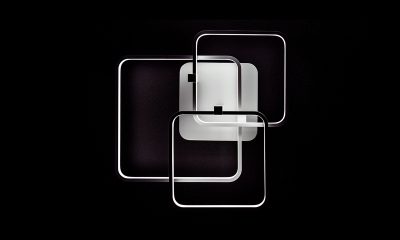
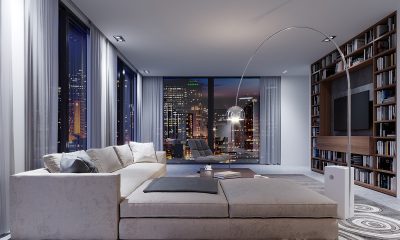
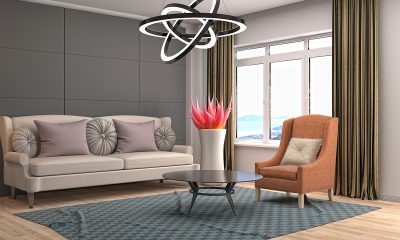
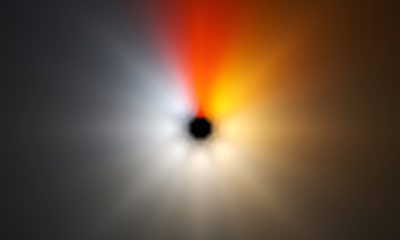
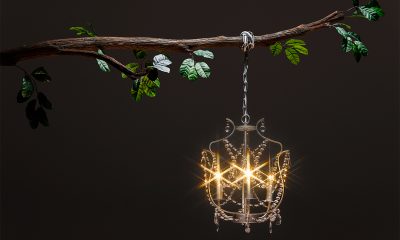
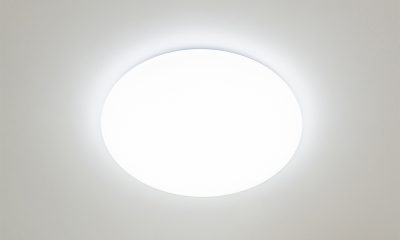

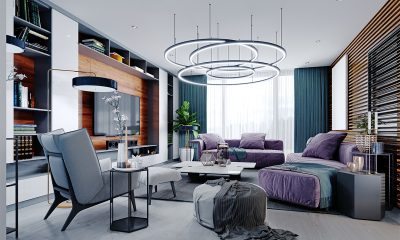





Loading...